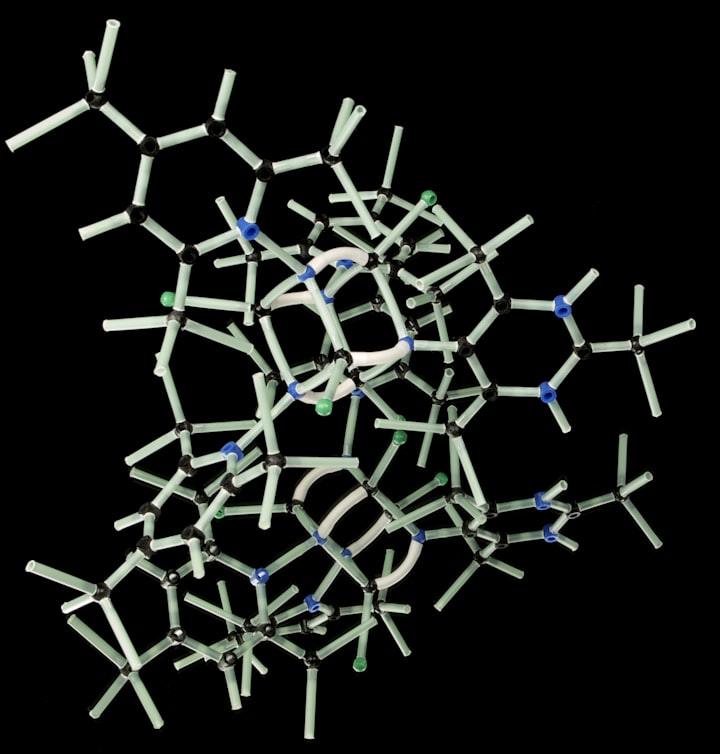Why Do Some Ice Cubes Have Stalagmite-Like Structures?
Discover ice formation, stalagmite ice, and the phenomenon of ice expansion in your ice cube tray.

You've likely encountered a curious sight while making ice at home - a single ice cube frozen with a spear-like shape protruding from it.
This fascinating phenomenon is a result of the unique properties of water and the science of freezing.
Expansion of Water Upon Freezing
When water freezes, it expands.
This is due to the hydrogen bonds in water, which cause the molecules to form an open crystalline structure when they transition from liquid to solid.
This expansion is why ice cubes float in liquid water.
Formation of the Spear-Like Shape
In ice cube trays, the surface and edges of the water tend to freeze first as they are in contact with the cold air within the freezer.
However, as ice forms around the outer edges, it can create a shell that prevents the water inside from expanding freely.
Sometimes, a small hole may form in the top of the ice due to this expansion.
The exposed water then freezes upon contact with the air, giving rise to a small ring.
As more water is pushed out through the hole, it also freezes, causing the initial ring to grow into a spear-like shape, akin to a stalagmite in a cave.
This occurrence showcases the powerful force of expansion that water undergoes during the freezing process, leading to the formation of intriguing shapes within ice cubes.
Interesting Observations and Experiments
Several interesting observations and experiments have been conducted to understand and replicate the formation of spear-shaped ice. More videos are available online showcasing the growth of these unique structures within ice cubes, providing further insight into the science behind this occurrence.
Applications in Cryogenics and Materials Science
Understanding the behavior of water during freezing is vital in various fields, including cryogenics and materials science.
The study of ice formation and its properties is crucial for developing advanced materials and preserving biological samples at low temperatures.
Environmental Significance
Ice formation is also of environmental significance, particularly in understanding the behavior of ice in natural settings.
This includes the formation of icicles, stalactites, and other ice formations in caves and natural landscapes.
This intriguing phenomenon serves as a reminder of the hidden complexities within everyday occurrences and the remarkable science behind the freezing of water.






